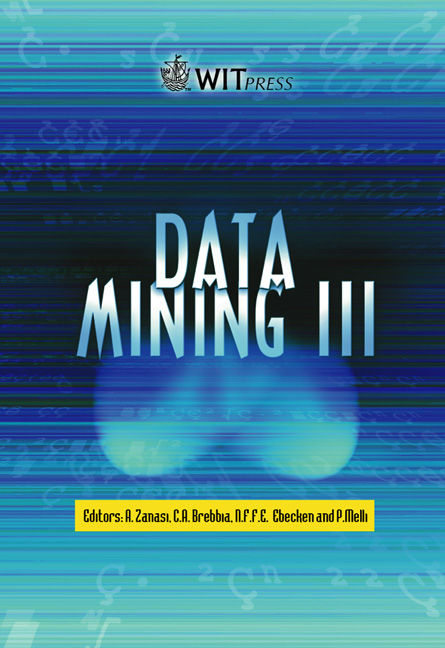The Use Of Neural Networks In Prediction Of Arterial Hypertension In Adults
Price
Free (open access)
Volume
28
Pages
Published
2002
Size
543 kb
Paper DOI
10.2495/DATA020761
Copyright
WIT Press
Author(s)
G Lachtermacher, A G G Cunha & P S S Coelho
Abstract
The aim of this article is to compare the performance of the multiple logistic regression and artificial neural network model (ANN) as a prediction model. The data used in this study was collect by a research on arterial hypertension in adults. It is related to social-economics, demographic and anthropological variables among others. This article also discusses the use of ANN and a procedure called weight-elimination, pruning technique, and it’s relationship with the initial application cycle, the final topology and generalization of ANN prediction models. Keeping constant the initial parameters, we developed several tests using different set-ups. The performances of each model were very different, sometimes choosing a different set of independent variables. Important issues such as the training process, generalization capacity and network structure were analyzed. The approach used in the weight-elimination procedure in this work was slightly different from the one proposed by Weigend [15]. The new algorithm by Lachtermacher et al. [9] introduces a threshold to each synaptic weight. During the training, each time the module of the weight becomes smaller than this threshold, it should be dynamically eliminated, forced to zero. The remaining weights take on the residues eliminating the last step of original procedure. Even so, the ANN showed a better prediction performance when compared to the logistic regression. Therefore, the conclusion is that outcomes are dependent on the final network topology as well as on the initial cycles and training. This fact is not account for in the original algorithm but has a great importance and should be observed during the modeling process.
Keywords





